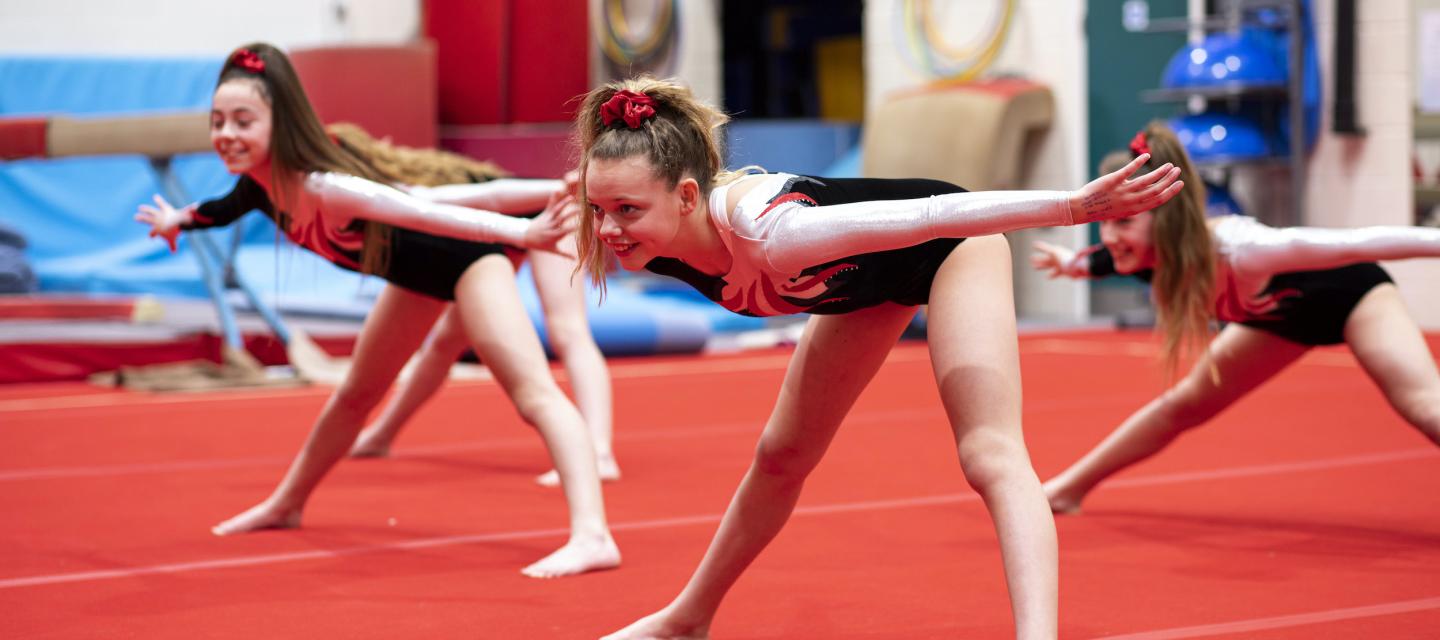Rational
BTECs are awarded by Pearson, the UK’s largest awarding body offering academic and vocational qualifications that are globally recognised and benchmarked. The Pearson BTEC Level 1/Level 2 Tech Award in Performing Arts with a Dance Pathway is for learners who want to acquire sector-specific applied knowledge through vocational contexts. The qualification recognises the value of learning applied knowledge and vocational attributes to complement GCSEs.
The performing arts are a major part of the creative and cultural industries in the UK, which in 2017–2018 were growing at over five times the rate of the wider UK economy, contributing £111.7 billion a year to the economy. There were more than 9,000 enterprises in the performing arts industry in 2018, and in 2019 more than 82,000 people working in a wide range of roles from performers to designers and directors. The skills developed through the study of performing arts are integral to roles across the creative industry, including film and TV, theatre, games and advertising. Students build their confidence, leadership skills, problem-solving, empathy and teamwork skills within this course. Skills that will benefit young people in a wide variety of employment opportunities.
Synopsis of Study
Year 10 – Dance
During the initial two terms the students focus on Component TWO which is all about developing their dance skills and techniques. The students learn about technical and performance skills and learn about how to identify areas for improvement in their dancing and then planning suitable exercises or rehearsal methods to improve their skills. Practically they learn sections of three different professional dances in order to improve their understanding of the technical and performance skills and broaden their experience and understanding of various styles and methods of choreography. They also develop their knowledge of choreographic devices and dance relationships and how these techniques are used in the professional pieces.
During the second term of Year 10 the students will complete their assessment work for Component Two which assesses their performance skills and their ability to identify strengths and weakness in their own dance skills. From the assessment task issued from the exam board, students will select to study one professional piece in detail. The students produce a performance piece based on the selected professional dance which must be performed in front of a live audience. During the rehearsal process students create a logbook where there record and track their improvements. The logbook also should have a detailed evaluation of their final performance. Their commitment and resilience in this process also forms part of their assessment. Component Two is completed by the start of term three in Year 10.
During the summer term, students start to prepare for Component One. Component One is about exploring the performing arts and taking an in-depth look at all the professionals who work together to create a piece of choreography. Throughout the term the students will look at a number of pieces that vary in style and production. They will also carry out research on each piece in preparation for the assessment task which they begin at the start of Year 11.
Year 11 – Dance
In this first term the students complete the Component One assessment task. Students select a professional piece that answers an exam task set by the exam board. Theoretically, the student work to produce an information booklet about their chosen piece. Within the booklet they present their findings about the roles of all the professionals involved in creating the dance. This could include the dancers, the costume and set designers, the music composers, film directors and the lighting designers.
Practically they recreate one or more sections of their chosen professional piece. Their application towards creating this piece is part of their assessment for this component.
From January through to the end of Year 11 students focus on Component Three which is the externally assessed section of the course. Students will then spend approximately 12 weeks working in groups and creating a seven-minute piece for a workshop performance which must be performed to a live audience. Students are expected to research topics that their dance may be based upon. They also select their specific target audience, and they are expected to use a variety of suitable professional pieces to help them create their own piece.
In addition to the practical performance, students also produce three pieces of writing in examination conditions which explains the decisions they have made relating to the exam task, and how they have progressed as an individual and as a group as well as an evaluation of their performance piece.
Methods of Assessment
Component One and Component Two are both internally assessed and together make up 60% of students final grades. Within both Components the students complete coursework style tasks that are issued by the exam board. This work is then marked by the class teacher and then externally moderated.
Component Three is assessed through a formal controlled assessments which students complete during Year 11. The written exercises and the final piece of choreography make up the remaining 40% of the students grade.
Further information
BTEC qualifications are awarded by Pearson, the UK’s largest awarding body offering academic and vocational qualifications that are globally recognised and benchmarked. For further information, please visit the Pearson’s qualifications website at qualifications.pearson.com
